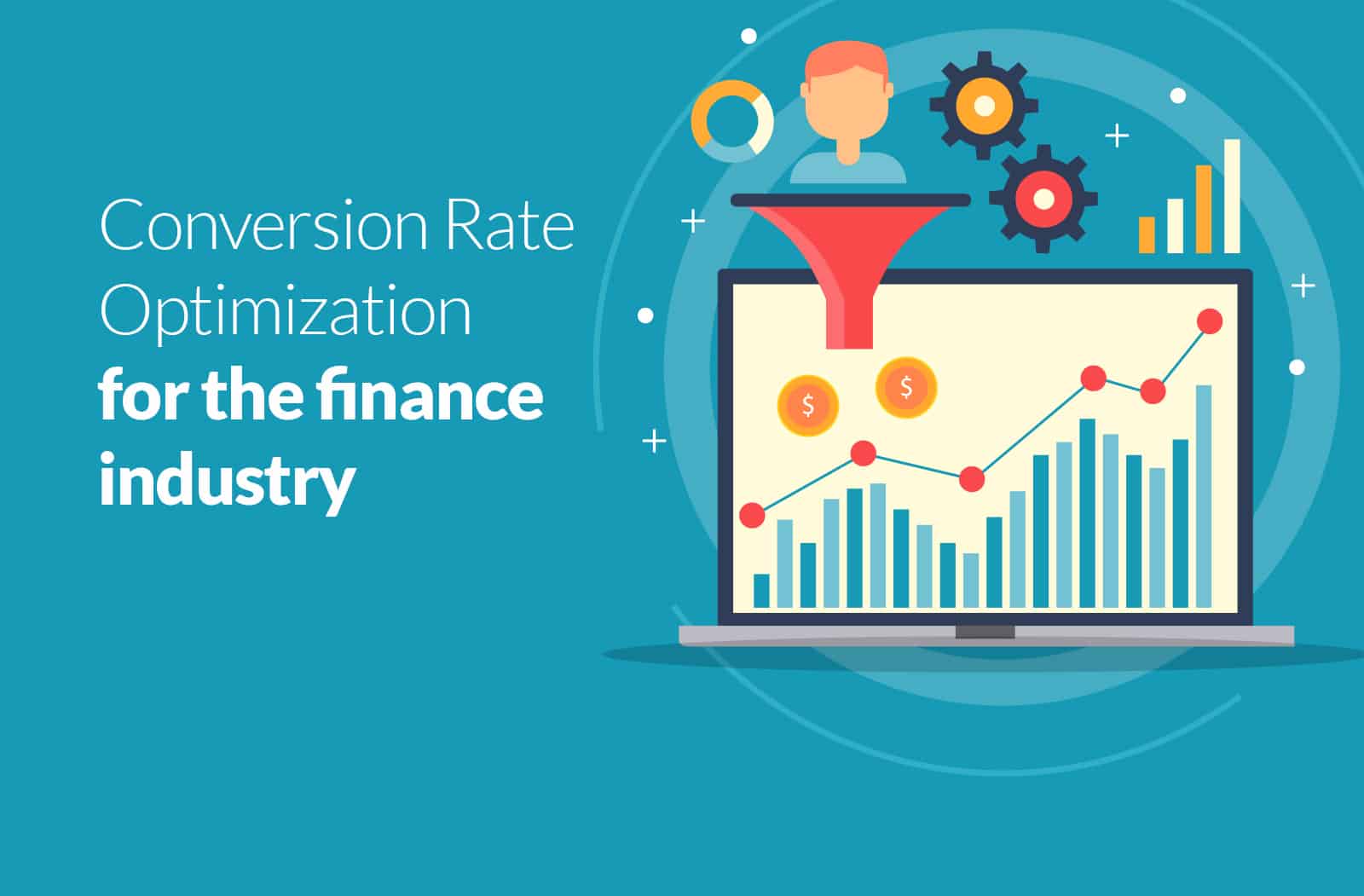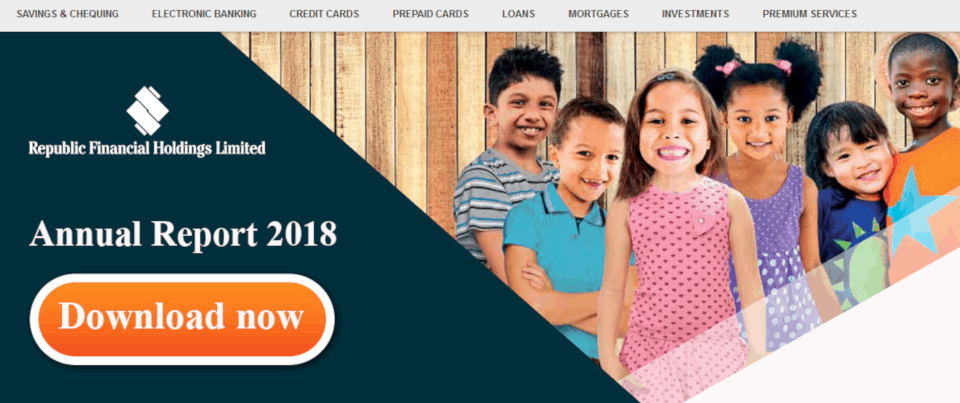
63% of customers worldwide say that sharing data with a bank should result in personalized advice for products and services.
The digital revolution means that people are becoming familiar with dealing with computers for many aspects of their lives, from dating, to shopping, to holidays, to house hunting. As the Caribbean increases its take-up of digital services, more financial institutions will follow the lead of other countries and begin offering loan applications online. Applying for a credit card or looking for pre-approval for a loan should technically be a matter that could easily be dealt with online, but there are many barriers that might make a customer reluctant to fill out an application form (or convert in any other way) on the internet.
It may surprise you to know that the credit and lending industry has the second-highest lead generation conversion rate across all industries (the first being job training). At 5.6%, this still means that nearly 95% of users are not converting, leaving ample room for improvement, but as any marketer knows, the conversion rate is also relatively high – and when you’re asking for people’s personal financial details over the internet, it can even seem daunting.
Site Security/Safety
When customers are requested to hand over their most personal information over the internet, it’s only natural that they would expect it to be treated with the utmost integrity. Displaying trust logos from institutions like Norton, VeriSign, and First Atlantic Commerce shows customers that you care about their data and would never let it be compromised.
Another way to make them feel safe is to state that their enquiry will not affect their credit rating, which is often a concern for people filling in finance applications.
Forms
While the banking industry has an advantage over other sectors in that customers already expect that they’ll need to hand over some of their information, a long, involved, unclear application form can put a serious dent in your conversion funnel. The online form abandonment rate for financial services is 79%.
The number one reason for abandonment was that form completion takes too long; the second reason was that forms were asking for too much personal information.
Where you can, keep forms short and to the point, and only ask for information you actually need at that point in your customer relationship.
Where a form needs many fields (like a credit application), be very clear and upfront about how long it’s likely to take them to fill it out and what they’ll need before starting. Use a progress indicator to show how far they have come along in the form process. Another strong help for the user is to allow them to save the application and complete it later. You could also look at email remarketing to close up the funnel.
Optimize your landing pages for your goals
If you’re using advertising to attract customers to your landing pages, make sure that the advertising and the landing page actually relate to one another. A huge cause of friction (not to mention both customer and advertiser disappointment) is when a customer clicks on an ad specifically related to what they were searching for, only to be led to a homepage with 20 different unrelated offers.
Use your advertising dollars wisely – create a new landing page for each individual offer, and focus your ads to that offer alone. Create a single call to action for your landing page, leaving the customer in no doubt as to what they’re expected to do (and how they will benefit from doing so).
Test your landing pages – small tweaks like form positioning, wording (particularly of action statements like Apply Now), colors, amount of content – can have a big impact on conversion rate optimization.
Use micro conversions to get people in
Not every customer will be ready to convert and meet your application goal within their first few visits to your site. These customers need to be nurtured through a pipeline and encouraged to build a strong connection with your business through micro-conversions, like signing up for a newsletter, downloading more information about the product, or using a finance calculator. What is important here is establishing that first connection with the customer, and ideally, getting their email address so you have the opportunity to approach them further down the track.
Optimize for other devices
With the rise of mobile devices, it’s only becoming more important to ensure that your customers have a positive experience when they visit your website on a phone or a tablet. Making the site responsive means they will have the same experience in terms of look and feel across devices, which helps with your branding recognition, but you will also need to remember that people use mobiles differently too.
Customers are less likely to complete a long application form on their mobiles, but use your analytics data to discover what they want to do – is it find out more about your products? Is it only to use mobile banking? What demographics are accessing your site from their mobiles? What do you know about them, and how could you market to that age group/gender specifically?
If they are completing forms, ensure the site is optimized for mobiles – larger form fields, optimized images, the correct input types (if they need to put in numbers, change the input type to numbers so the keypad adjusts), etc.
Get ready for personalization
63% of customers worldwide say that sharing data with a bank should result in personalized advice for products and services. Accenture’s 2017 Global Distribution and Marketing Consumer Survey of Financial Services found that tailoring advice to be relevant to each customer’s financial needs and objectives is the key to a successful relationship. This crosses over to the digital audience, with personalized emails for product offerings, online advice and service information that combine to strengthen the connection between your business and your customer.
Further, PWC’s report Financial Services Technology 2020 and Beyond found that customer intelligence would be the most important predictor of revenue growth and profitability, so this give and take of personal information equating to increased revenue for you and more tailored services for the customer is the way of the future for the financial services world.
Conversion rate optimization for the finance sector also has some very specific requirements, centered around the customer’s own requirements for security when dealing with their financial and personal data over the internet. However, with careful planning, testing, and implementation, credit institutions can harness customers’ inherent trust and understanding of the nature of banking to hit their own goals – which is the website’s primary purpose.











